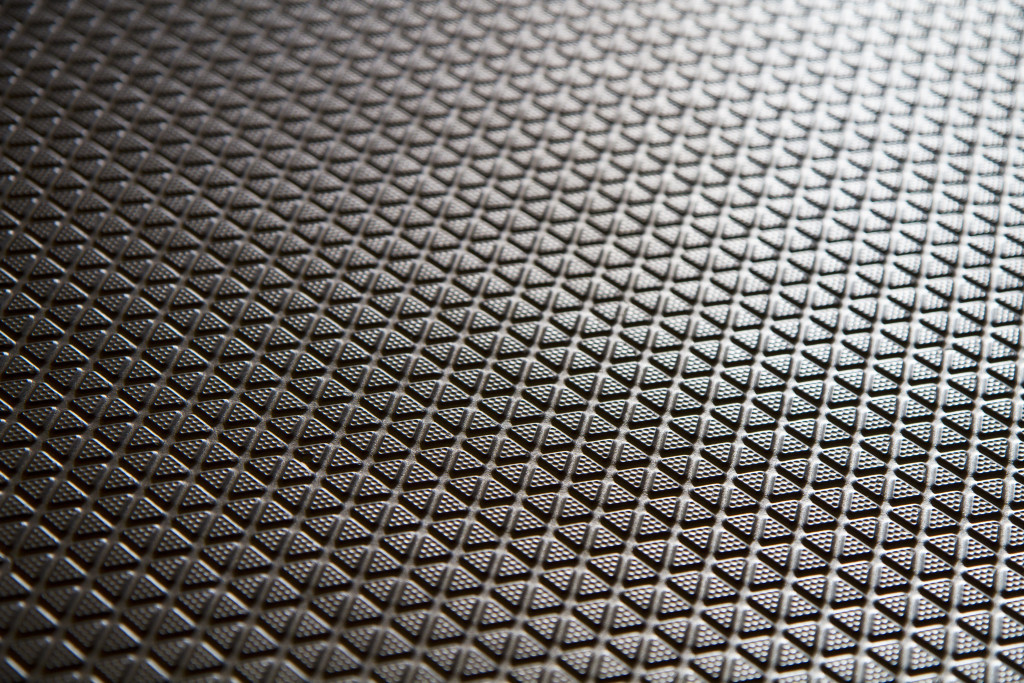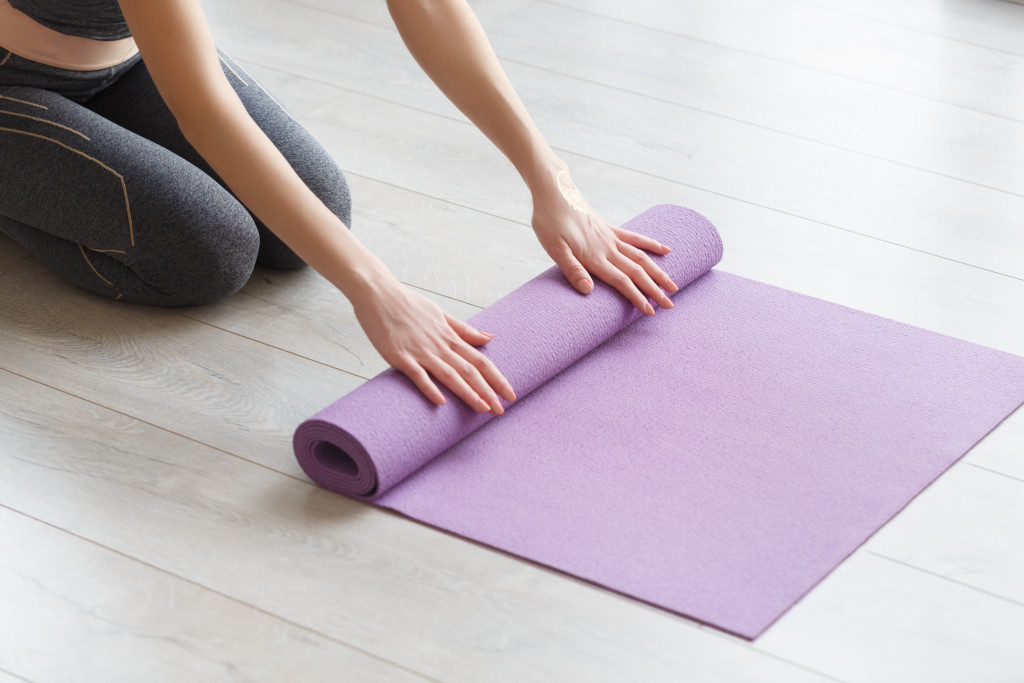Whether you’re in the busy streets of Manhattan or the bustling alleys of SoCal, don’t be surprised if you come across men and women in leggings while carrying their mats, eager to mark their day with some asanas.
Yoga is one of those practices that have caught on over the years, partly thanks to the many studies that support its health benefits. In fact, data have revealed that at least 300 million people around the globe practice it religiously.
Further, Grand View Research forecasts that the demand for yoga mats will only increase within the next few years. From 2019 to 2025, it could achieve a compound annual growth rate (CAGR) of almost 6 percent. In 2018 alone, the market size reached a value of over $11 billion.
But here’s probably a nagging question on your mind: do you really have to use yoga mats to practice, or can you do it directly on the surface? Let’s find out the answer.
To Use a Mat or Not
First, can you do yoga on the floor? The answer is yes. Remember, the ancient yogis didn’t have access to these supplies. They practiced their poses directly on bare earth. Perhaps this may also explain why the asanas at the time were few. Perhaps the closest semblance of a mat was the cotton sheets or rugs for support.
Practicing yoga on the floor also offers many advantages:
- You can now practice anytime, anywhere — You can save money from going into a studio or avoid the hassle of always bringing along your mat.
- It removes boundaries — Some view yoga mats as boundaries or marks of the practitioner’s territory. It may create the illusion of exclusivity when yoga is also about inclusivity.
- Doing yoga on the floor may be more environment friendly — The primary material used to make cheap yoga mats is polyvinyl chloride (PVC), which other people call vinyl. It is flexible and lightweight and provides great grip. But it is not as environment-friendly as the newer options that include jute and recycled rubber. Further, it may contain phthalates, which are chemicals that can disrupt hormone production and function.

Which Is the Best Flooring for Yoga?
An experienced flooring company can provide you with great suggestions when it comes to flooring for yoga, but before you even do anything in your space, consider one essential factor: safety.
With this in mind, a surface that’s either too hard or soft can potentially lead to injuries. A hard one like concrete may injure the joints. Meanwhile, soft flooring like a carpet may lead to slower body feedback. So far, one of the best flooring options for yoga is wood because it can absorb shock naturally.
You can also do comfortable yoga on a tile or marble floor. The latter, in particular, may be hygienic. They are easy to clean in case you have to deal with beads of sweat dripping on the floor after your yoga and nonporous. Water cannot accumulate inside, which minimizes the risk of bacterial and mold growth.
Why Do Yoga?
Whether you want to do yoga on the mat or the floor, one thing is clear: doing it can be great for your health.
In 2020, the NYU Langone Health and NYU School of Medicine study said that yoga can help relieve symptoms of generalized anxiety disorder.
The research, now available in JAMA Psychiatry, even showed that it can be as effective as cognitive behavioral therapy (CBT) and may work better than stress management. While the person may not experience any more improvement after six months of yoga, they can still sustain this benefit.
In the same year, the American Osteopathic Association released its findings that yoga, when paired with meditation, could also decrease a person’s perception of pain, improve one’s mood, and enhance the level of disability. After an eight-week program, an overwhelming 89 percent of the participants claimed that these activities helped them develop methods to cope with pain more effectively.
Meanwhile, a 2019 research by the University of Illinois at Urbana-Champaign revealed how yoga can improve brain health. This activity can boost the same brain structures and functions like aerobic exercise do. To be more specific, yoga may help build new neurons, which are nerve cells that help different areas of the brain communicate.
Let’s not forget that yoga can be fun, whether you do it alone or with a group. Moreover, no matter how difficult it appears, you can modify the postures according to your fitness level. In other words, there’s no excuse why you shouldn’t do it—mat or no mat.

